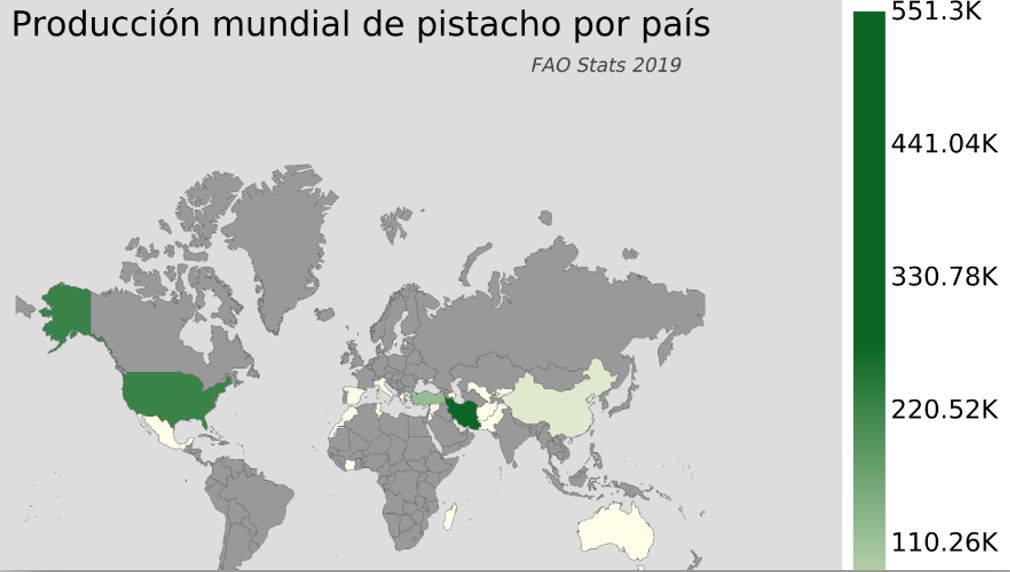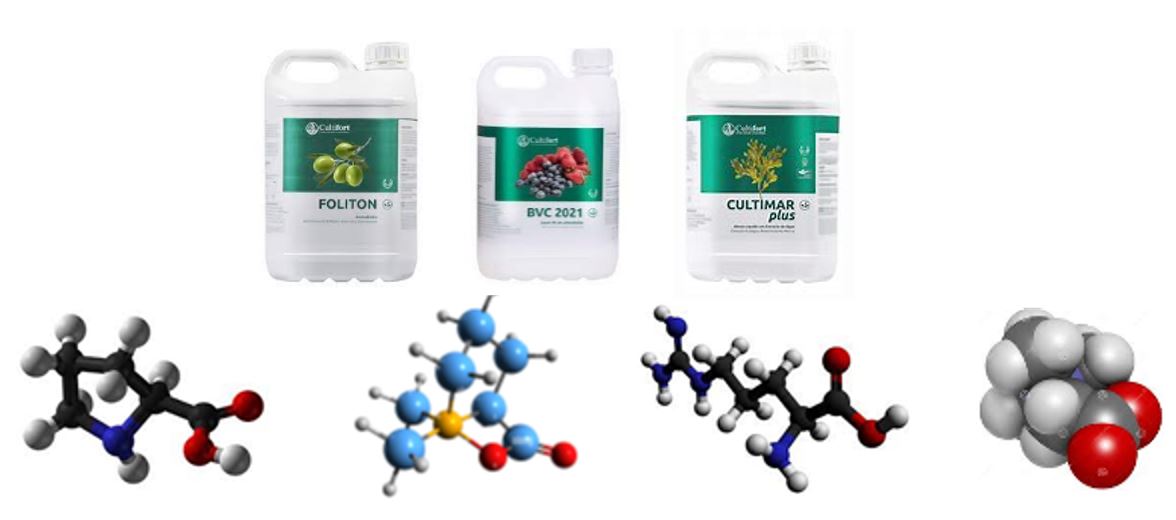The global demand for pistachio is increasing due to the proliferation of multiple products in the cosmetic industry and its nutritional value within balanced diets.
Its high demand and low production makes it a strategic crop for investment by large producers.
As for our area, Spain currently has a lower production rate per planted area, area in full production and per productive yield than other countries such as the United States and Turkey.


According to these data, it should be noted that most of the production in the Middle East is carried out under rainfed conditions, since pistachio is drought tolerant and the profitability levels are still optimal due to the above mentioned demand; however, the best productive yields are obtained in irrigation systems, mainly practiced in the area of California, USA.
Going even deeper into quantitative analysis, we can detect a great difference in productivity between both cultivation methods, with average yields of 1.4 kg/tree in rainfed cultivation compared to 16-18 kg/tree in irrigated cultivation.
In Spain it is well known that water, both in terms of availability and cost, is a limiting factor when planning agronomic management strategies, so the most balanced and standardized solution in the search for a balance between increased yield and available resources in pistachio, is the practice and study of the so-called Controlled Deficit Irrigation (CDI) (Mitchell et al, 1984), based on the idea of reducing water inputs in those phenological periods in which a controlled water deficit does not significantly affect the production and quality of the crop, fully covering the demand during the rest of the crop.
However, in view of the difference in yields shown, we must centralize because these losses could occur despite the definition.
We can summarize the practice in 3 precise phenological moments:
- Beginning of vegetative and productive growth (from sprouting to the rapid end of fruit growth), so lack of water at this stage can directly affect fruit size and caliber despite encouraging fruit opening.
- From mid-May to early July (from maximum fruit growth to the beginning of pip growth), the disadvantage of which is that the percentage of fruit that open very early can increase, leading to aflatoxin problems.
- Rapid seed development until harvesting, which can affect the individual weight of the seed, the increase of seed abortion and the increase of closed fruits, so at this stage we find the greatest need for a correct management of the practice.
In view of this, correlated requirements and inputs continue to be studied precisely to influence crop evapotranspiration (ETo) by means of the already known correlation ETc = Kc x ETo.
In this sense, Cultifort has precise knowledge of biostimulation for the management of this variable through the technical use of the so-called osmoregulators, in order to have a cellular level resistance response consisting of a decrease in water potential in plant tissues, which results in a better use of the water provided and, therefore, no decrease in turgor or photosynthetic productivity.
Therefore, the objective of osmotic adjustment by means of osmoregulators is to maintain the turgor of the target cell constant by phenology through the accumulation of osmotically active substances, causing the osmotic potential to decrease and regulating water losses by means of stomatal control, such as specific organic acids, some simple sugars and certain amino acids.
Among the range of Cultifort nutritional solutions, Foliton, BVC 2021 and Cultimar Plus function as osmoregulators.


